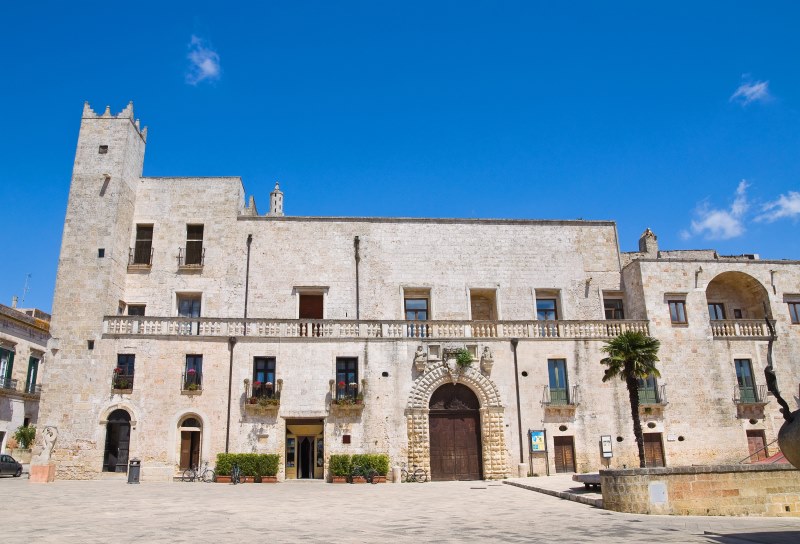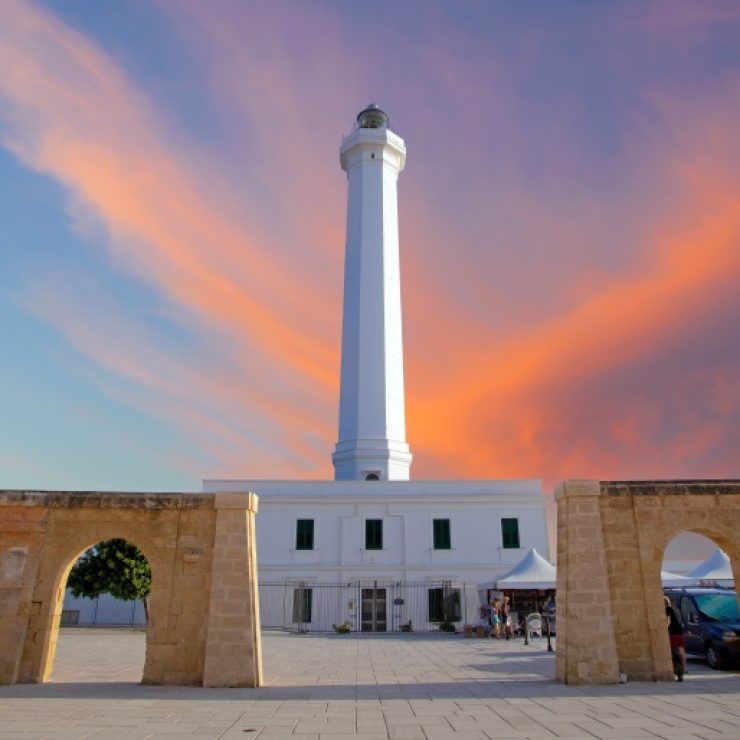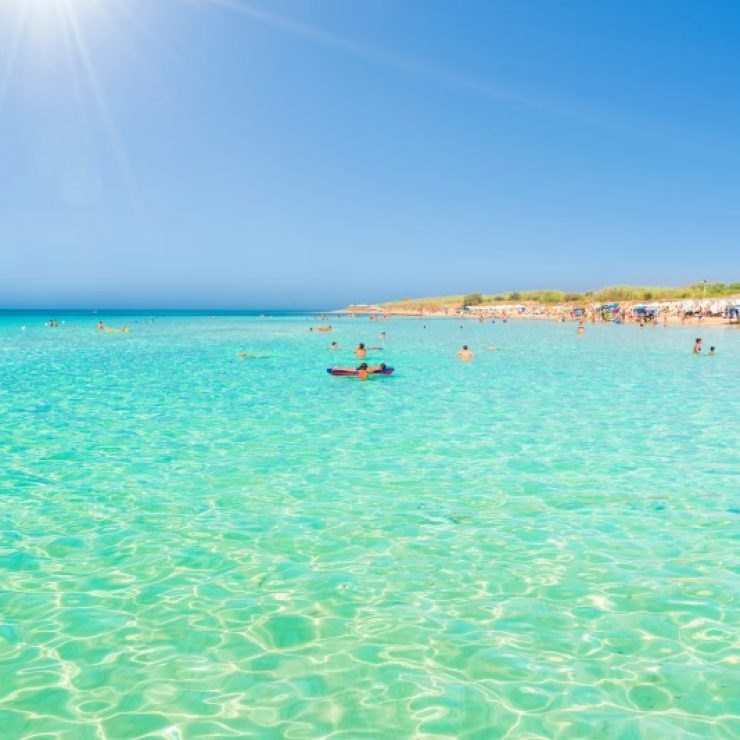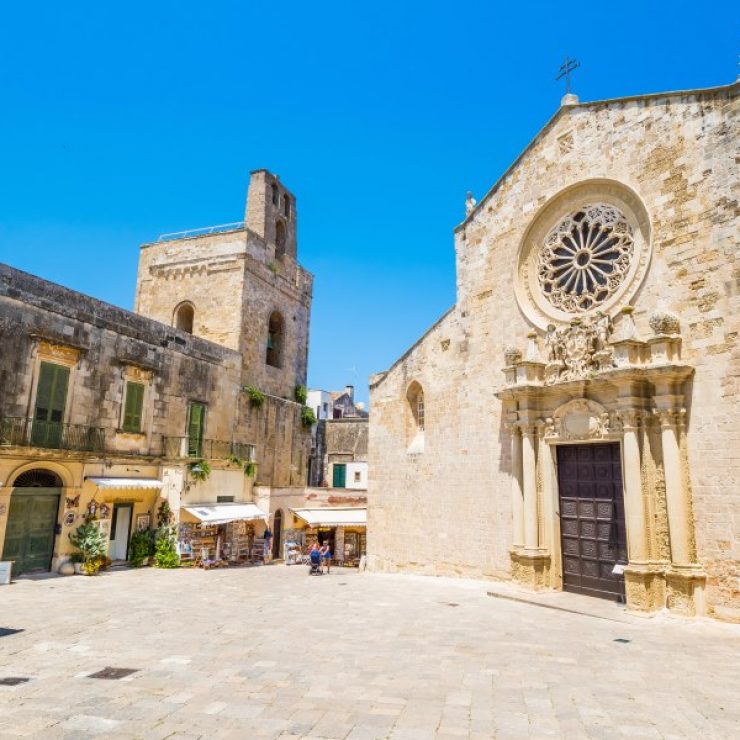Salento has always been considered the Gate of the East, as it has been the crossroads of many cultures and populations for centuries, including Aragonese, Swabians, Greeks, Normans, Arabs, Angevins and Romans.
Moreover, the Salento peninsula is the heel of the Italian boot and it divides the Adriatic Sea and the Ionian Sea.
Here there are also ancient villages, which are authentic treasure of good food, culture, art and history.
The village of Specchia
Located in the province of Lecce, the village of Specchia dates back to the ninth century and it was the first small settlement of shepherds and farmers, who came here to defend themselves from the attacks of Saracen troops.
The name of this place cames from the pile of dry rocks arranged in conical shape (called precisely “specchie”), used as lookout posts or as defense buildings by the Messapians.
The historic center of Specchia, insted, is one of the most interesting of Salento, as characterized by narrow streets interspersed with flights of stairs, the result of a spontaneous architecture born between the sixteenth and seventeenth centuries still perfectly preserved, so much so that the main road still has the name “rua”, term used during the Angevins’s domination.
Here there is also the Risolo Castle, a fortified building of the sixteenth century and property of the noble families of the village. At his back, between courtyards and alleys, the life of the inhabitants takes place almost outdoors.
A few steps from the castle there are the church of St Nicola, the Black Franciscans monastery and the underground oil mill.
The village of Presicce
The village of Presicce offers postcard-worthy scenarios, as you can find dry stone walls, Baroque buildings, fortified farms and centuries-old olive trees.
All these elements, obviously, have made the aforementioned location among the most beautiful villages of our country.
The origins of its name are still uncertain: some believe that it derives from the Latin term “Praesidium” (ie a military garrison against the Saracens), while others think it is due to the particular abundance of water that gave rise to the first human settlements of the seventh century.
The historic center of Presicce is characterized by sixteenth-century courtyard houses known as “li vecchi curti” and noble palaces.
Each of them has its own underground oil mill, courtyard or garden.
Worthy of equal importance is the Arditi palace, the marine aedicule and the seventeenth-century hanging garden that gives a touch of green to the Doge’s Palace.
The life of the place revolves around oil, to which is dedicated an annual festival called “the Colors of Oil”.
The event usually takes place around mid-August and also includes a concert with the performance of famous national singers.
The village of Castro
Castro is an ancient fishing village located seven kilometers from Santa Cesarea Terme.
Its name derives both from the term “castrum” (from the Latin fortress), and from the presence of a temple dedicated to the goddess Minerva, of which now no trace has remained.
This place is also divided into two parts: the medieval one (“Casciu de sus”) is located on a promontory 98 meters above sea level, while the port is further down and is called “Casciu de sutta”where there are several typical restaurants serving fresh fish dishes.
In Castro Superiore there are a Romanesque cathedral (the Church of the Annunciation) and an Aragonese Castle, built during the twelfth century on the ancient remains of an Byzantine fortress.
In 1480 it was destroyed by the arrival of Turkish troops on the Apulian coast and its reconstruction took place thanks to the intervention of some local noble families, who took care of the house.
The castle is currently the seat of the “Museo Civico Antonio Lazzari” and houses several archaeological finds.







